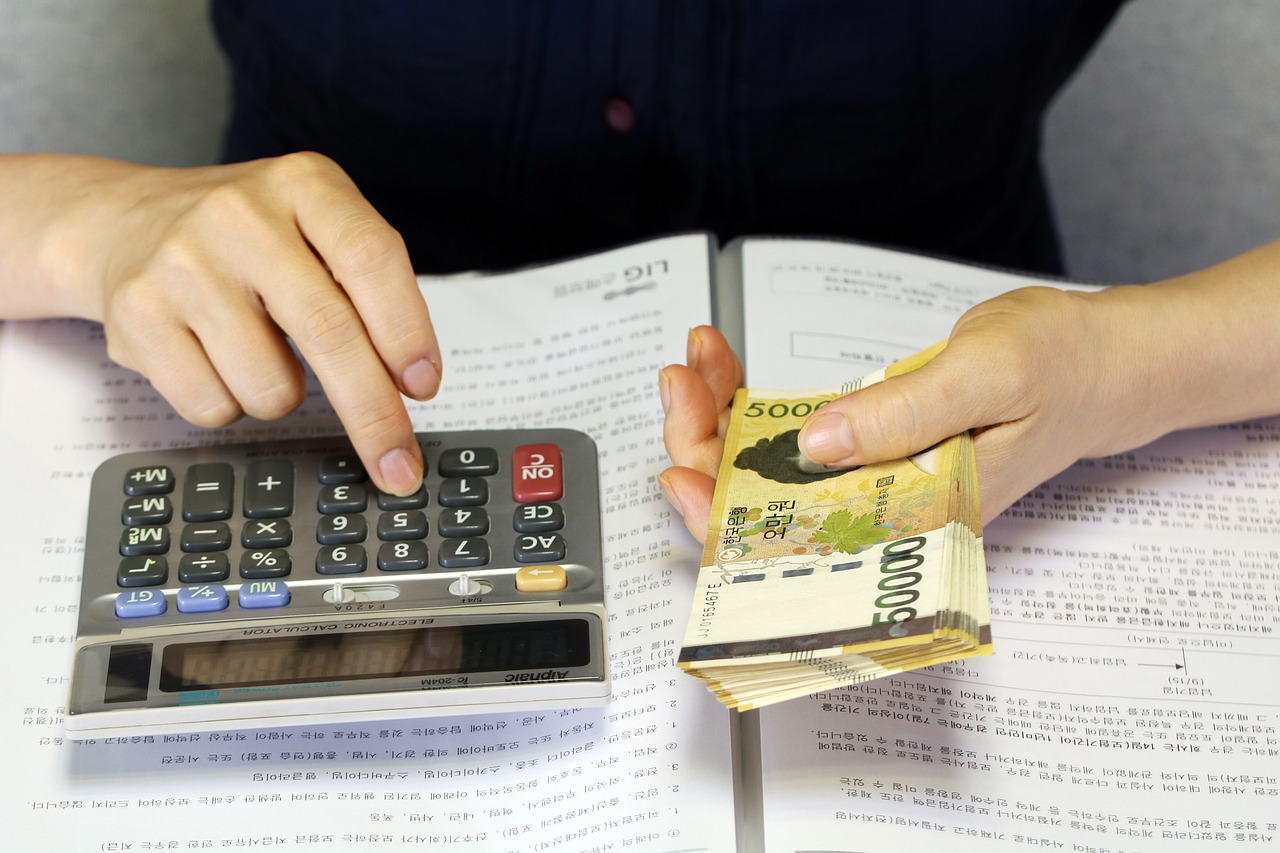Exploring the $100 Bill: Printing, History, Weight, Circulation, and Global Trade Role
GPT_Global - 2025-11-14 07:00:22.0 13
How is the $100 bill printed, and who is responsible for printing it?
Understanding how the $100 bill is produced can help remittance customers appreciate the security behind every transfer involving U.S. currency. The note is created through an intricate process using specialized paper, raised printing, and advanced security features designed to prevent counterfeiting.
The actual printing is handled by the **Bureau of Engraving and Printing (BEP)**, a government agency responsible for producing U.S. banknotes. They use techniques like intaglio printing, micro-printing, and color-shifting ink to ensure every $100 bill is both durable and verifiable.
For people sending money abroad, these details matter. Authentic currency backed by strict production standards gives international recipients confidence in the value they receive. Reliable remittance services highlight this trust, ensuring that funds—whether digital or cash—are secure, traceable, and backed by one of the world’s most respected currencies.

What is the history behind the $100 bill's design, specifically the portrait of Benjamin Franklin?
The history of the $100 bill's design, especially the portrait of Benjamin Franklin, offers a unique opportunity for the remittance industry to highlight trust, security, and value. Franklin first appeared on the $100 bill in 1914, chosen for his legacy as a statesman, inventor, and advocate of financial responsibility. Over time, the design evolved to incorporate advanced security features, reinforcing confidence in the bill’s authenticity.
Today’s modern $100 bill includes a blue 3D security ribbon, color-shifting ink, and a watermark—innovations that mirror the technological advancements in global money transfer systems. As remittance businesses emphasize secure and reliable transactions, the evolution of the $100 bill serves as a powerful comparison: both aim to protect value and build trust across borders.
For customers sending money abroad, knowing the origins and security of widely used currency like the $100 bill helps reinforce confidence in international financial transactions—making remittance services feel safer, smarter, and more trustworthy.
How much would a stack of 100 $100 bills weigh?
In the world of remittance and financial transactions, understanding the weight of money is a unique but fascinating concept. For instance, have you ever wondered how much a stack of 100 $100 bills weighs? It’s a question that could arise when dealing with large sums of cash in remittance businesses. Let's break it down.
Each U.S. $100 bill weighs approximately 1 gram. So, when you stack 100 $100 bills together, the total weight would be 100 grams, or roughly 0.22 pounds. This might seem lightweight, but when you’re handling larger amounts of cash, every little bit adds up.
In the remittance business, efficiency is crucial. Knowing how much your cash weighs can impact packaging, shipping, and security considerations. Whether you're sending large sums internationally or handling cash-based transactions, it's important to account for weight and size for better logistical planning.
Understanding these small details can help remittance businesses provide quicker and safer services to clients. So, next time you’re dealing with cash transfers, keep in mind that even something as simple as the weight of a stack of bills can make a difference in how transactions are processed.
How many $100 bills are in circulation in the United States today?
As of today, the number of $100 bills in circulation in the United States continues to rise, playing a crucial role in the country's economy and international financial transactions. The $100 bill is the most commonly circulated and widely recognized U.S. currency, both domestically and globally. It is often used for large transactions and is a preferred choice for international trade and remittance services.
The Federal Reserve regularly releases data showing that over $1 trillion in $100 bills are circulating in the U.S. economy. This high demand is driven by its stability, wide acceptance, and the fact that it is a convenient denomination for people sending large sums of money, particularly through remittance services. Remittances, or money transfers sent by individuals to their families abroad, often rely on the availability of these high-denomination bills for ease and efficiency.
For businesses in the remittance sector, understanding the prevalence of $100 bills in circulation is important, as it allows them to anticipate demand and ensure they have enough currency on hand to meet their customers' needs. This also highlights the role of cash transactions in the global economy, particularly for individuals in countries with limited access to banking services.
What role does the $100 bill play in international trade and finance?
The $100 bill is a cornerstone in international trade and finance, widely recognized as a symbol of economic stability and reliability. As the most circulated U.S. currency abroad, it plays a significant role in global transactions, especially in remittance services.
In international remittances, the $100 bill is a preferred choice due to its high value, ease of exchange, and widespread acceptance. It provides a quick and efficient means for individuals to send money across borders, ensuring recipients can access substantial amounts without dealing with excessive transaction fees.
For remittance businesses, the $100 bill facilitates smoother operations in countries where local currencies may be unstable or less trusted. In these regions, the U.S. dollar is often seen as a safe haven for preserving wealth and conducting trade. As a result, the bill has become integral in cross-border financial exchanges.
In conclusion, the $100 bill’s dominance in international trade and finance ensures that remittance services can offer clients secure, efficient, and reliable transfers. Its role in the global economy is undeniable, continuing to shape the way money moves across borders.
About Panda Remit
Panda Remit is committed to providing global users with more convenient, safe, reliable, and affordable online cross-border remittance services。
International remittance services from more than 30 countries/regions around the world are now available: including Japan, Hong Kong, Europe, the United States, Australia, and other markets, and are recognized and trusted by millions of users around the world.
Visit Panda Remit Official Website or Download PandaRemit App, to learn more about remittance info.
